
Allevi Connection Troubleshooting Guide
Many Allevi bioprinting platforms utilize an internet-connected printer and browser based software to give you maximum flexibility and ease of use. From easy bioprinter access by multiple users to simple

Many Allevi bioprinting platforms utilize an internet-connected printer and browser based software to give you maximum flexibility and ease of use. From easy bioprinter access by multiple users to simple
In this guide we discuss the best practices for manual calibration. We also provide information to help you troubleshoot your calibration process. For help with autocalibration on an Allevi 1
Here we look at common account and login issues to help get you back to your research quickly! I forgot my Password. Happens to the best of us! We have
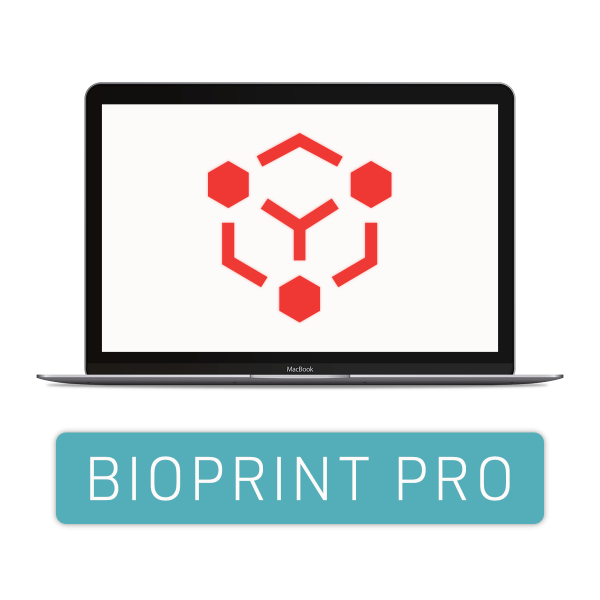
Bioprint Pro enables researchers to design their projects remotely and consistently replicate prints while in lab. Getting your product key You can get access to Bioprint Pro by purchasing a
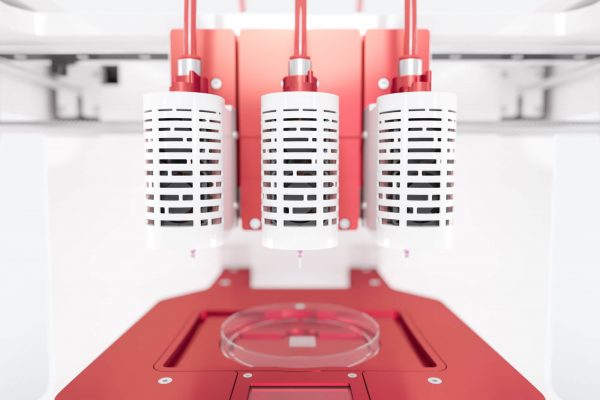
Calibrating a 3D printer can be time-consuming and frustrating. That’s why Allevi introduced autocalibration for Allevi 1’s and Allevi 3’s. Below, we discuss how autocalibration works, important details to keep
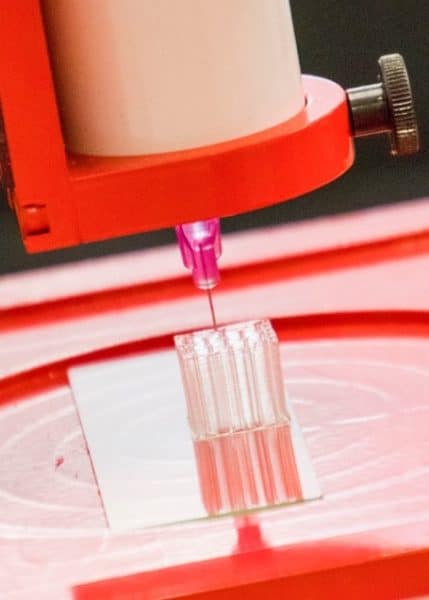
Every bioink requires specific conditions and printing parameters for an optimal extrusion. Despite differences between materials, problems with correct deposition often stem from the same reasons. Follow our general hydrogel
The Allevi Team is the unit of organization for Allevi software accounts and product access. Below we discuss what an Allevi Team is, how it works, and how to use
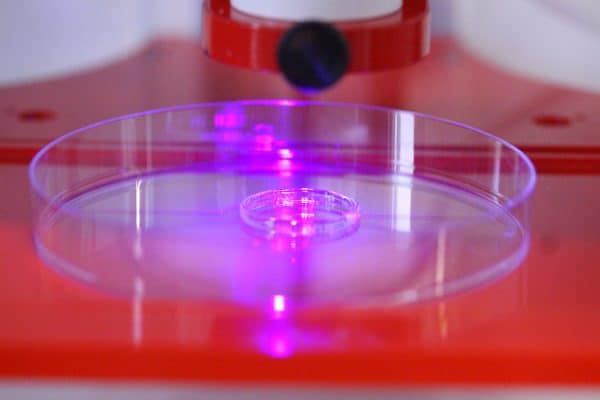
In the additive manufacturing space, photocuring is a common process, especially when working with hydrogels. Photocuring is the process of hardening a substance by exposing it to a specific wavelength
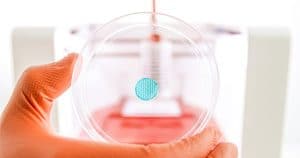
Introduction Pluronic is a trade name of tri-block copolymer also knows as poloxamer. This group of materials is characterized by the presence of hydrophobic poly(propylene oxide) (PPO) sandwiched between two
In rare cases you may receive a connection error while working on the Allevi Bioprint Online software. Below, we discuss what each error means in more detail. Printer data connection
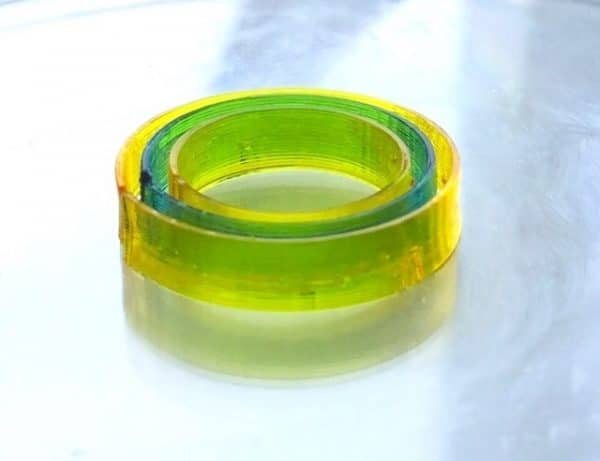
Several Allevi platforms have multiple extruders which means you can bioprint a multi-material construct. Below, we discuss the process of designing your bioprint to make the most of this feature.
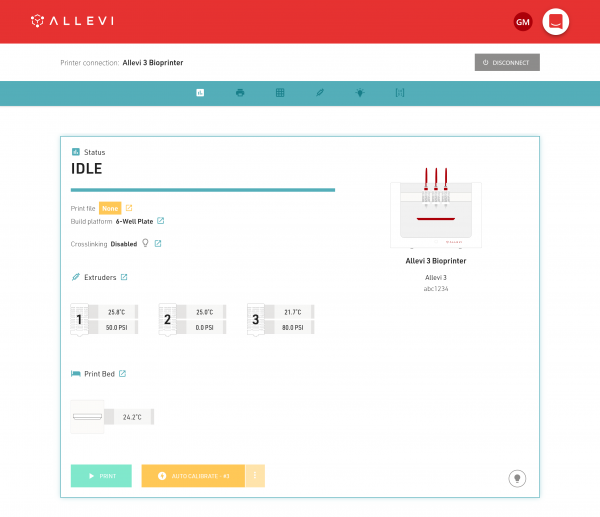
Welcome to the Allevi Bioprint Online user guide! This guide will walk you through the details of each section of the Allevi software. You can also follow the steps in